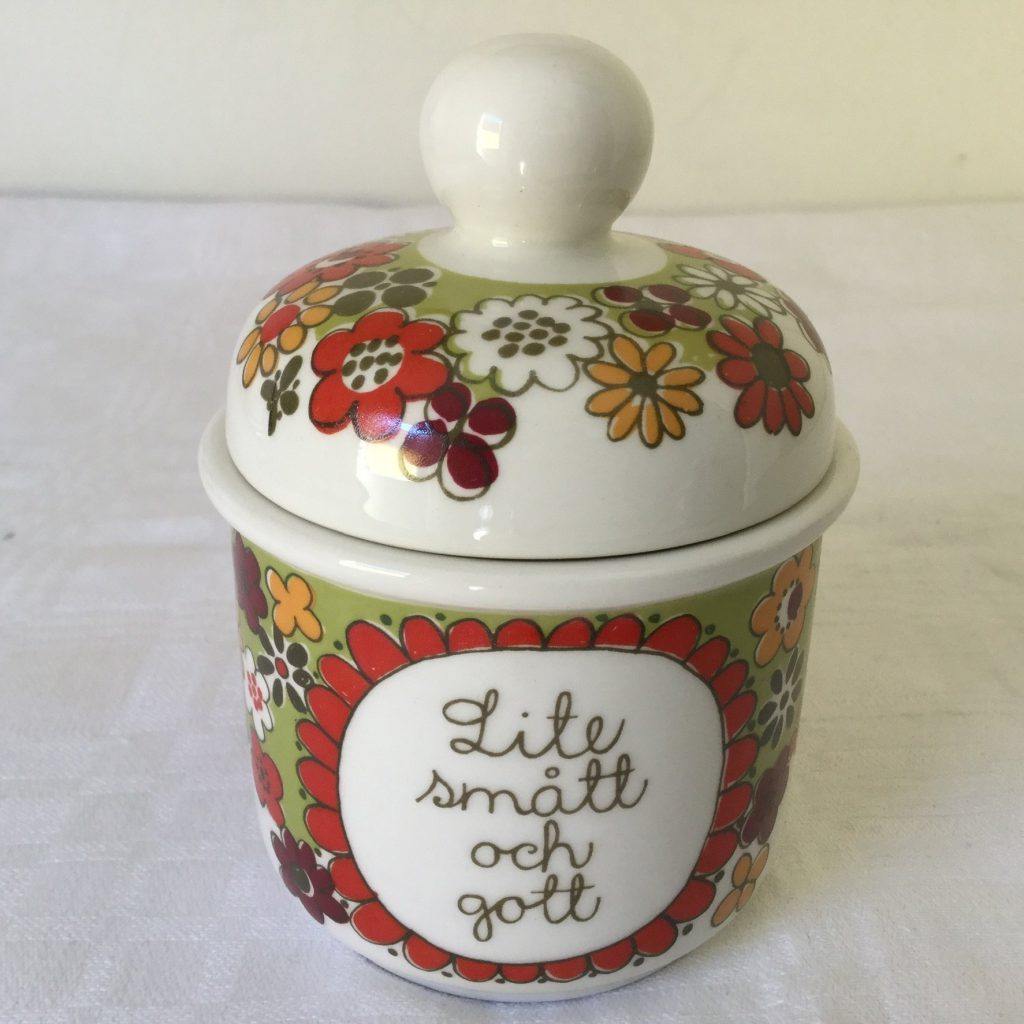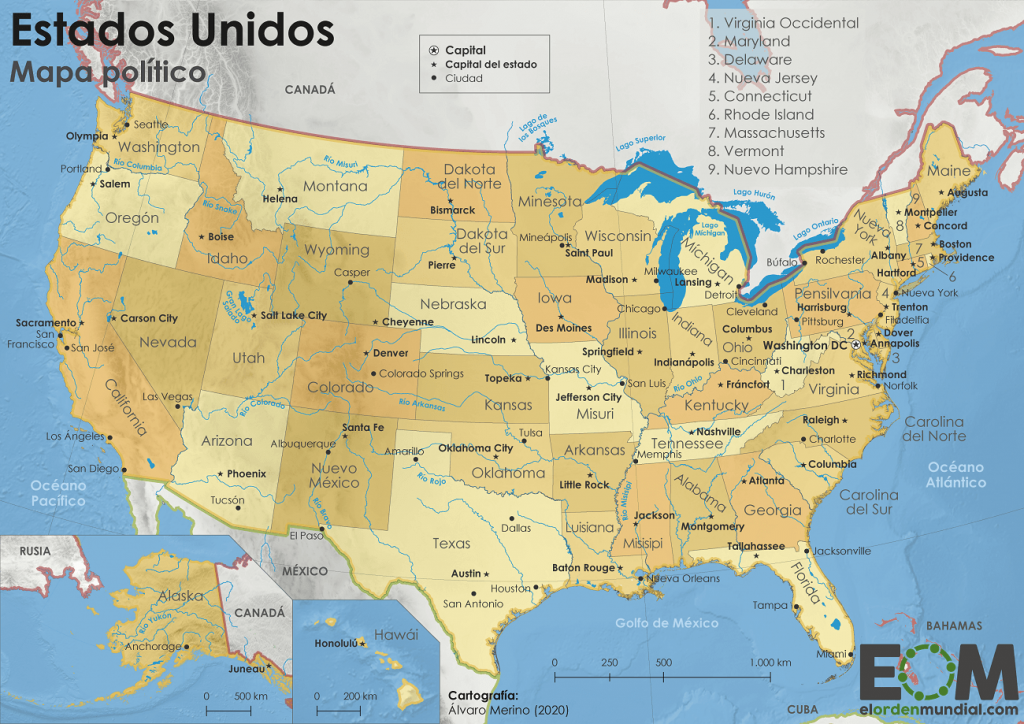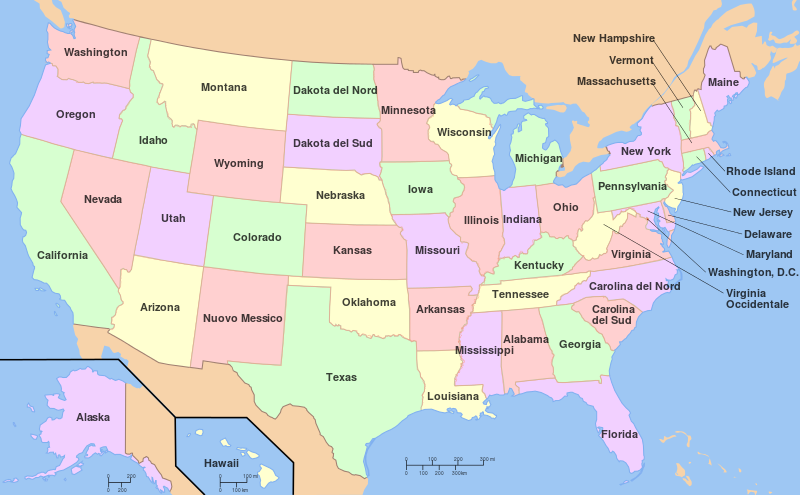Oggi tenteremo di evidenziare in quali lingue esista l’espressione il colpo della strega, ossia un improvviso dolore nella zona lombare. Esiste per esempio in italiano ma non pare essere invece usata in Inghilterra o in Francia, paesi storicamente pieni di streghe (NdT. risata soffocata).

L’espressione sembra avere origine nelle Germania medievale dove tuttora esiste Hexenschuss. Alle volte questi dolori potevano essere attribuiti anche a elfi e spettri che lanciavano frecce e colpivano la zona lombare.
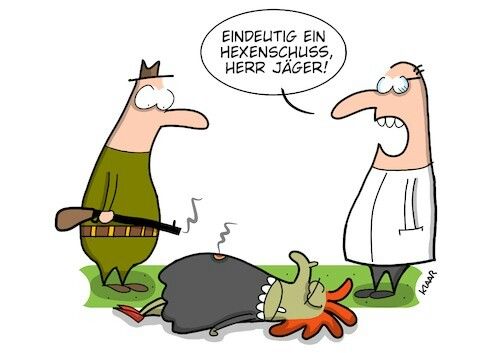
Il danese e il norvegese hanno mantenuto l’espressione hekseskud e hekseskudd.

Stranamente lo svedese non pare conoscere l’espressione sebbene anticamente trollskott facesse parte delle credenze popolari in tutti i paesi nordici.
Neppure in nederlandese e in inglese esiste l’espressione e sarebbe interessante scoprirne il motivo.
Strano anche che sussista solo in italiano tra le lingue romanze. Niente golpe de la bruja o golpe da bruxa. Il francese non registra questa espressione, ma usa tour des reins. Il romeno, malgrado i contatti con il tedesco, non sembra aver preso in prestito la frase.
In Finlandia esiste il termine noidannuoli, letteralmente la freccia della strega, atto a significare proprio la lombalgia. Forse un prestito dal tedesco?
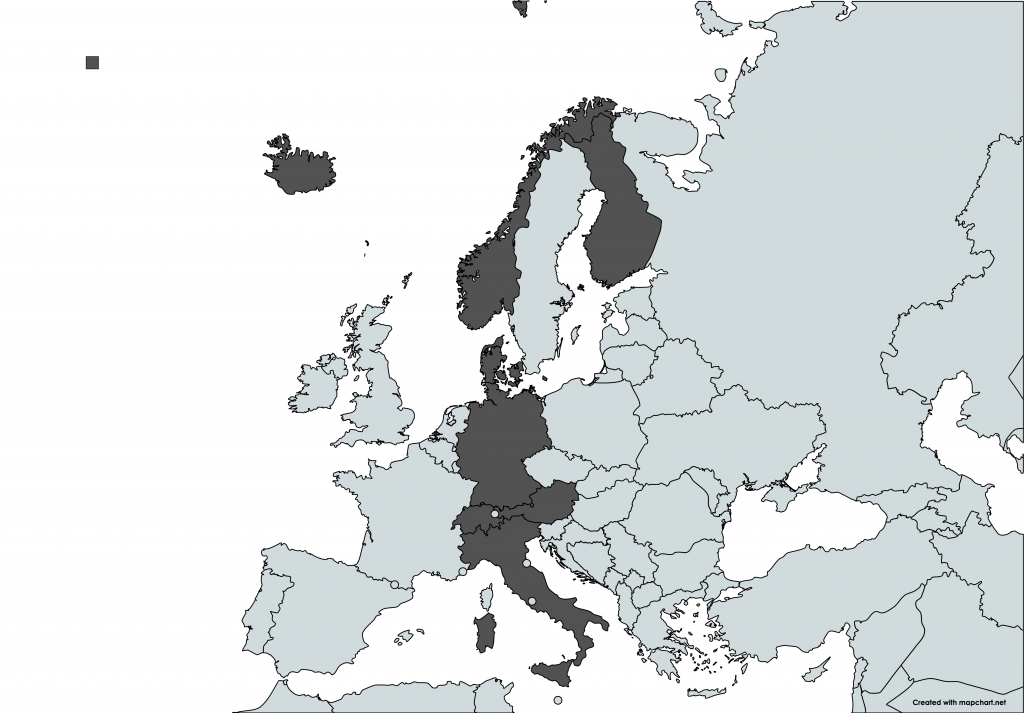
In islandese troviamo skessuskot – lo sparo della strega – ma sembra un termine desueto, oggi rimpiazzato dal simpatico Þursabit, che letteralmente significa il morso del gigante.
Come mai dunque questa espressione originariamente tedesca non si è diffusa in molte altre lingue europee? Forse perché le fate francesi sono più gentili? O le streghe scozzesi sono indaffarate in ben altri intrighi?
Non è dato sapere.The Artful Translator continuerà le ricerche.




